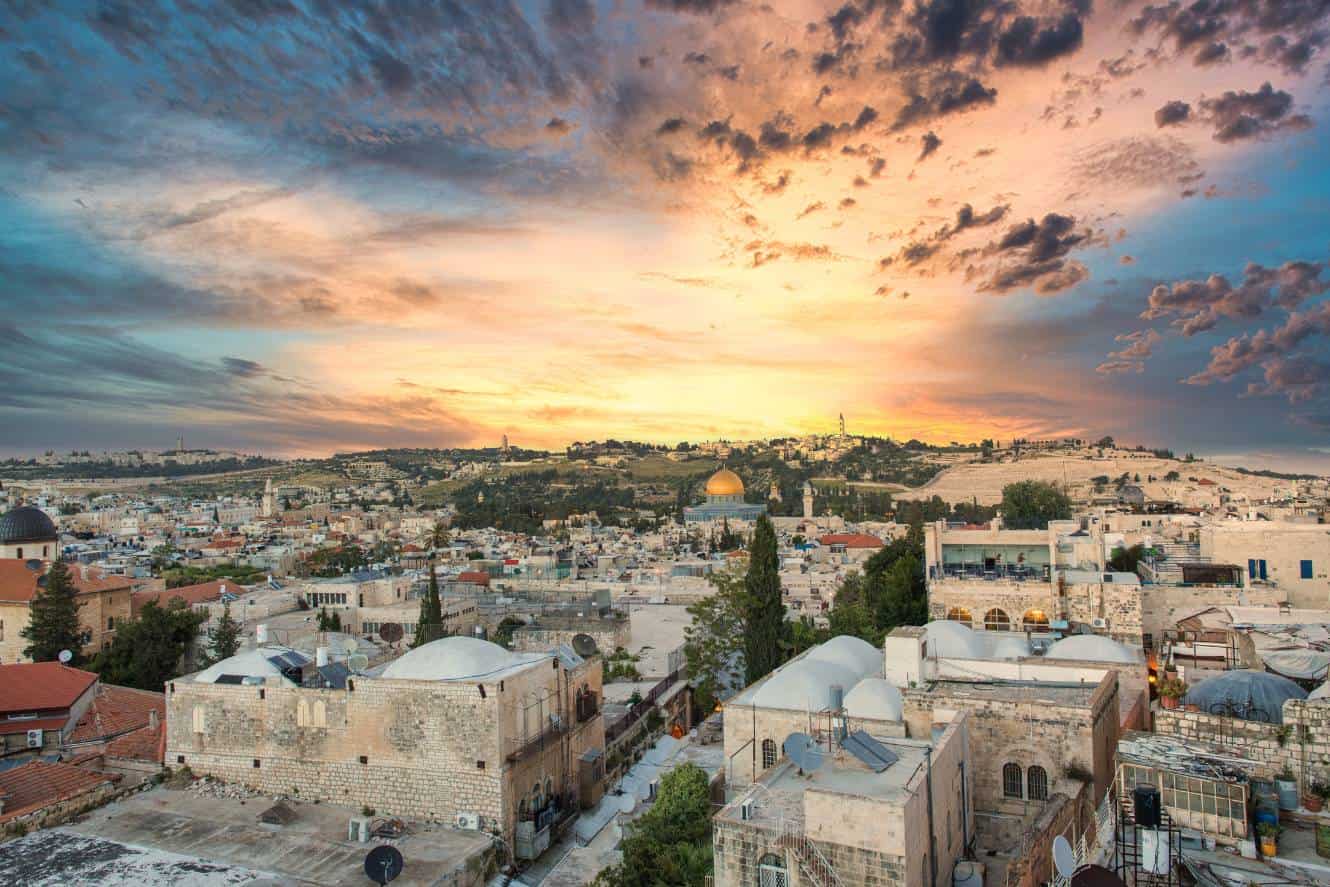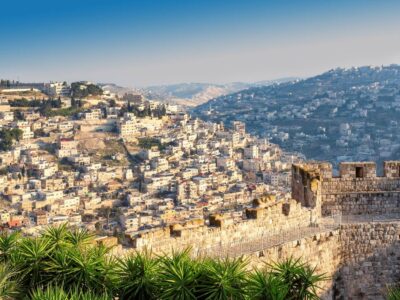Table of Contents
The UNESCO Sites in Israel have resulted from recognizing 9 cultural and natural landmarks as UNESCO World Heritage Sites in Israel and 18 locations on the Israel UNESCO tentative list. These tourist sites in Israel are acknowledged for their unique and valuable cultural, natural, artistic, and historical significance and are preserved for future generations to enjoy.
In addition to these 9 sites in the Israel UNESCO list, many other places to travel to Israel are being considered for UNESCO recognition. These sites, listed on the tentative list, showcase the country’s rich cultural heritage and are waiting for approval to join the prestigious and famous World Heritage Sites list.
To help visitors discover these remarkable Israel tourist attractions, we have assembled an interactive map of the UNESCO sites in Israel.
Israel UNESCO Map
Click markers to show information and photo.
World Heritage Sites in Israel
UNESCO World Heritage Sites in Israel
There are 9 UNESCO World Heritage Sites in Israel. All of these three sites are listed under the Cultural category.
- Bahá’i Holy Places in Haifa and the Western Galilee
- Biblical Tels – Megiddo, Hazor, Beer Sheba
- Caves of Maresha and Bet-Guvrin in the Judean Lowlands as a Microcosm of the Land of the Caves
- Incense Route – Desert Cities in the Negev
- Masada
- Necropolis of Bet She’arim: A Landmark of Jewish Renewal
- Old City of Acre
- Sites of Human Evolution at Mount Carmel: The Nahal Me’arot / Wadi el-Mughara Caves
- White City of Tel-Aviv – the Modern Movement
UNESCO World Heritage Sites in Israel are protected locations for their cultural and natural importance.
Bahá’i Holy Places in Haifa and the Western Galilee
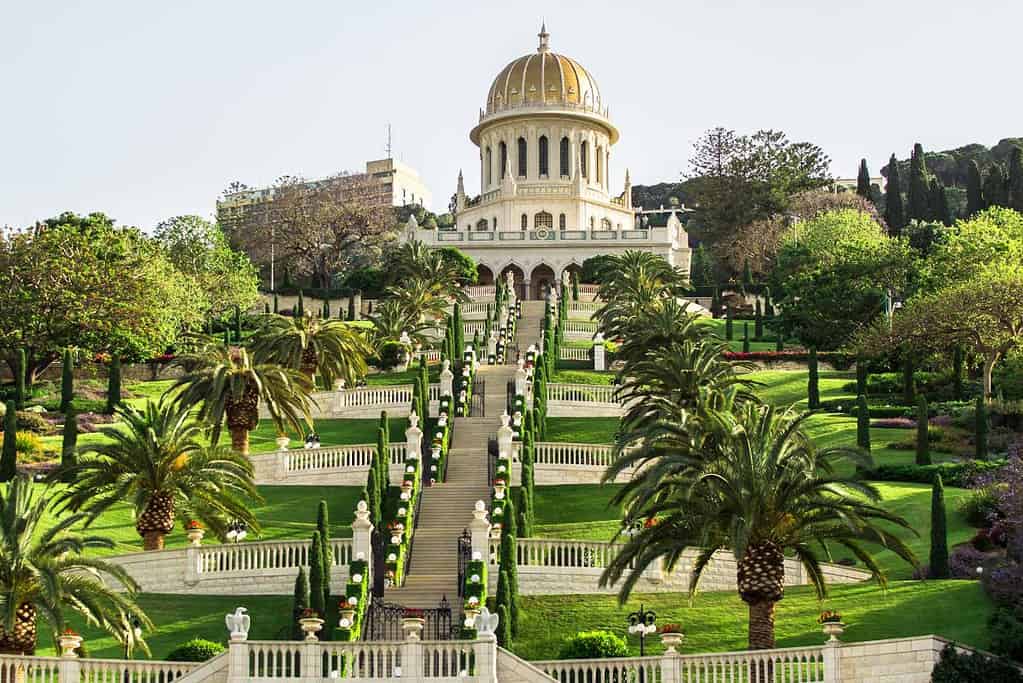
Is a UNESCO World Heritage site located in Israel. It includes several important sites sacred to the Bahá’i faith, including the Shrine of the Bab, the Terraces of the Shrine of the Bab, and the Bahá’i Gardens. The Shrine of the Bab is the final resting place of the Bab, the Prophet-Herald of the Bahá’i faith. The Terraces of the Shrine of the Bab is a series of landscaped gardens that lead up to the Shrine and offer stunning views of the city and the Mediterranean Sea. The Bahá’i Gardens are a series of landscaped terraces that extend down the slope of Mount Carmel and are a major pilgrimage site for Bahá’i followers from around the world. The Bahá’i Holy Places are a unique and beautiful destination that offers a glimpse into the rich history and culture of the Bahá’i faith.
Biblical Tels – Megiddo, Hazor, Beer Sheba
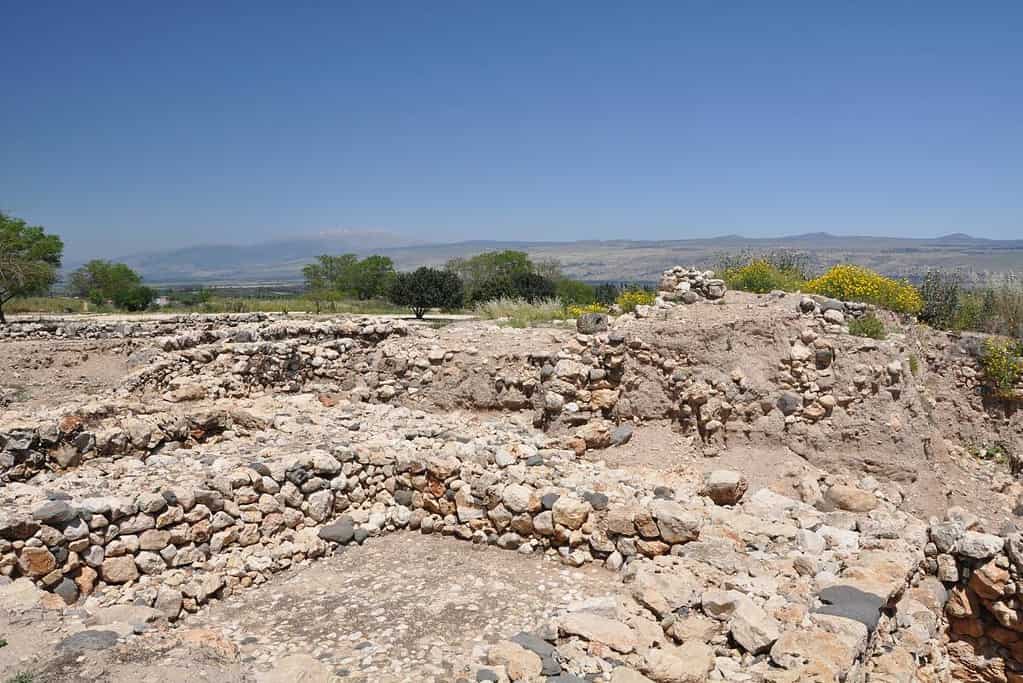
This UNESCO World Heritage Site is in Israel and includes three archaeological sites: Megiddo, Hazor, and Beer Sheba. These sites are significant because they provide important insights into the historical and cultural context of the ancient Near East during the Bronze and Iron Ages. Megiddo was a major city-state and the site of many important battles, while Hazor was the largest fortified city in the region. Beer Sheba was an important center of trade and agriculture and is also associated with the biblical patriarchs Abraham, Isaac, and Jacob. The archaeological remains at these sites include ancient city walls, temples, palaces, and other structures that provide valuable information about the daily lives and customs of the people who lived there. The Biblical Tels – Megiddo, Hazor, Beer Sheba is a must-visit destination for anyone interested in biblical history and archaeology.
Caves of Maresha and Bet-Guvrin in the Judean Lowlands as a Microcosm of the Land of the Caves
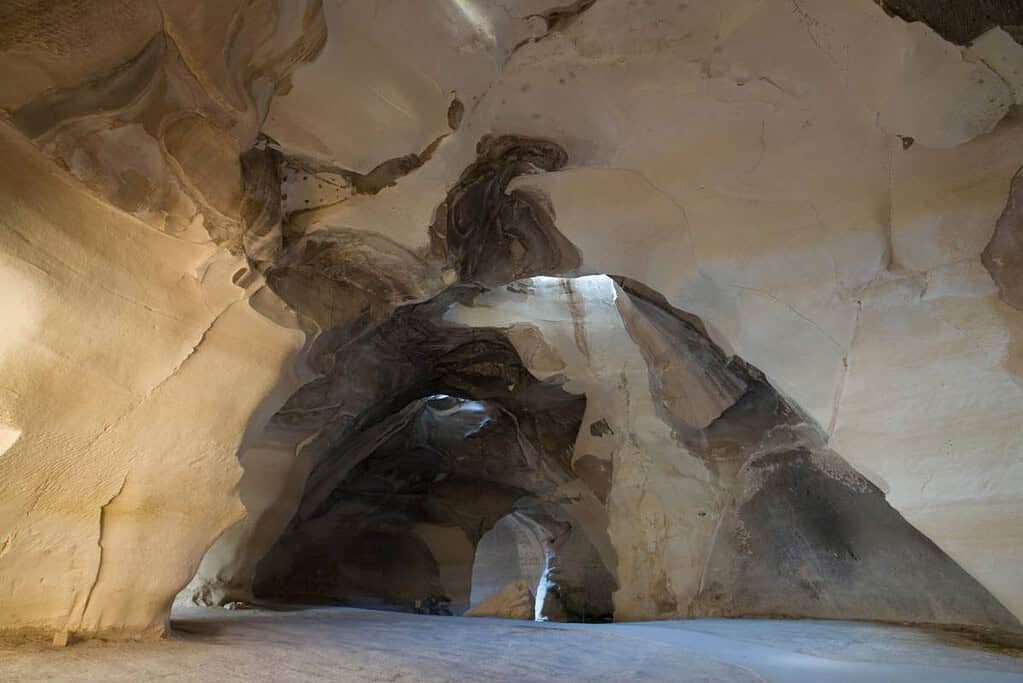
The “Caves of Maresha and Bet-Guvrin in the Judean Lowlands as a Microcosm of the Land of the Caves” is a UNESCO World Heritage site in Israel. The site is an exceptional example of the region’s ancient underground quarrying, excavation, and cave-dwelling traditions. The caves are home to an extensive network of man-made caves, including tombs, underground dwellings, and cisterns, dating back to the 4th century BCE. These caves provide a unique insight into the region’s ancient Jewish way of life, including their customs, beliefs, and architecture.
Incense Route – Desert Cities in the Negev
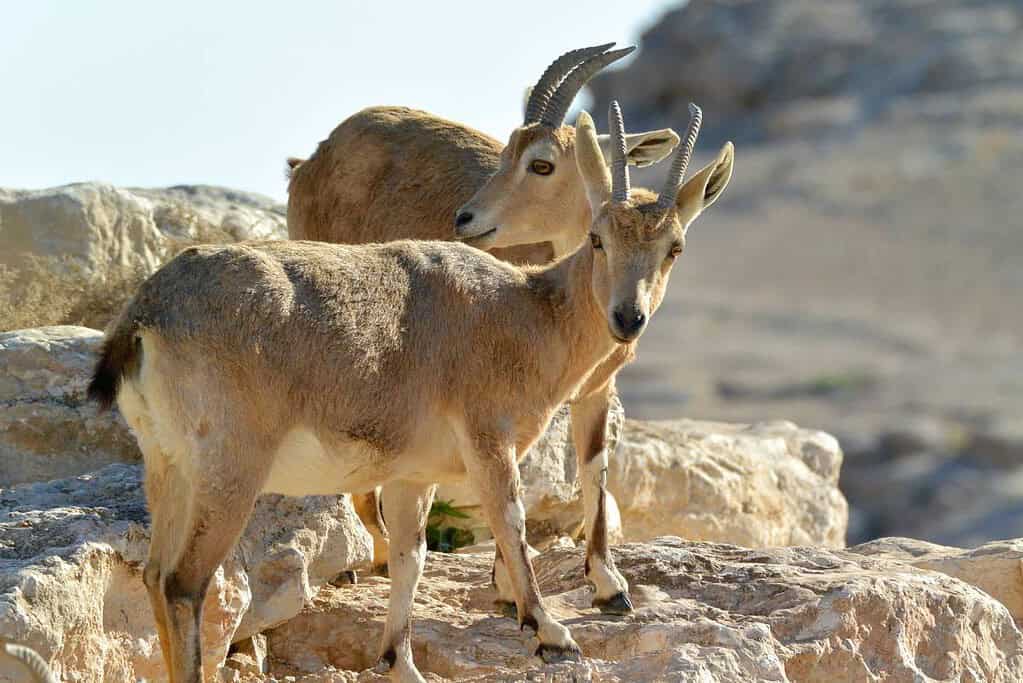
The “Incense Route – Desert Cities in the Negev” is a UNESCO World Heritage Site located in the Negev desert in southern Israel. The site comprises a network of ancient desert cities and trade routes to transport frankincense and myrrh between Arabia, the Mediterranean, and the Far East. The cities were built between the 3rd century BCE and the 2nd century CE and are notable for their well-preserved architecture, including elaborate tombs, fortresses, and temples. The site is a testament to the important role that trade played in shaping the culture and economy of the ancient world, and it offers visitors a unique glimpse into the region’s history and traditions.
Masada
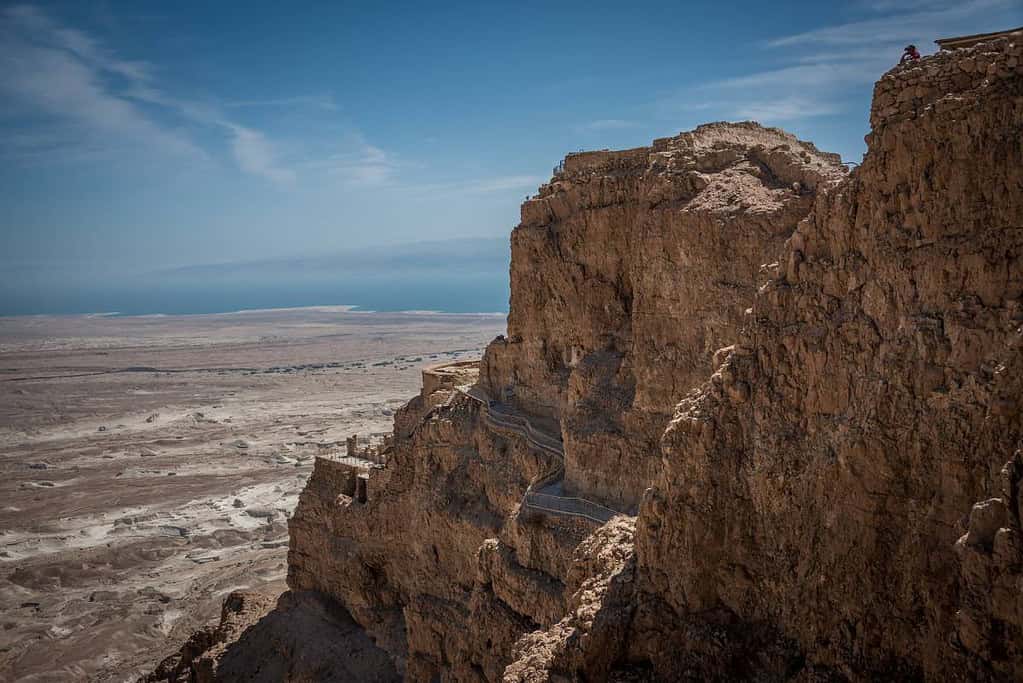
Masada is a UNESCO World Heritage Site located in the Judean Desert near the Dead Sea in Israel. The site features the well-preserved ruins of an ancient fortress that King Herod the Great built in the 1st century BCE. The fortress served as a palace and a refuge for Jewish rebels in the 1st century CE. The site is most famous for the siege of Masada in 73 CE, where a group of Jewish rebels held out against the Roman army for several months before ultimately choosing to commit suicide rather than surrender. The ruins at Masada are a testament to the rich history and culture of the Jewish people and offer a glimpse into the lives of the region’s ancient inhabitants.
Necropolis of Bet She’arim: A Landmark of Jewish Renewal
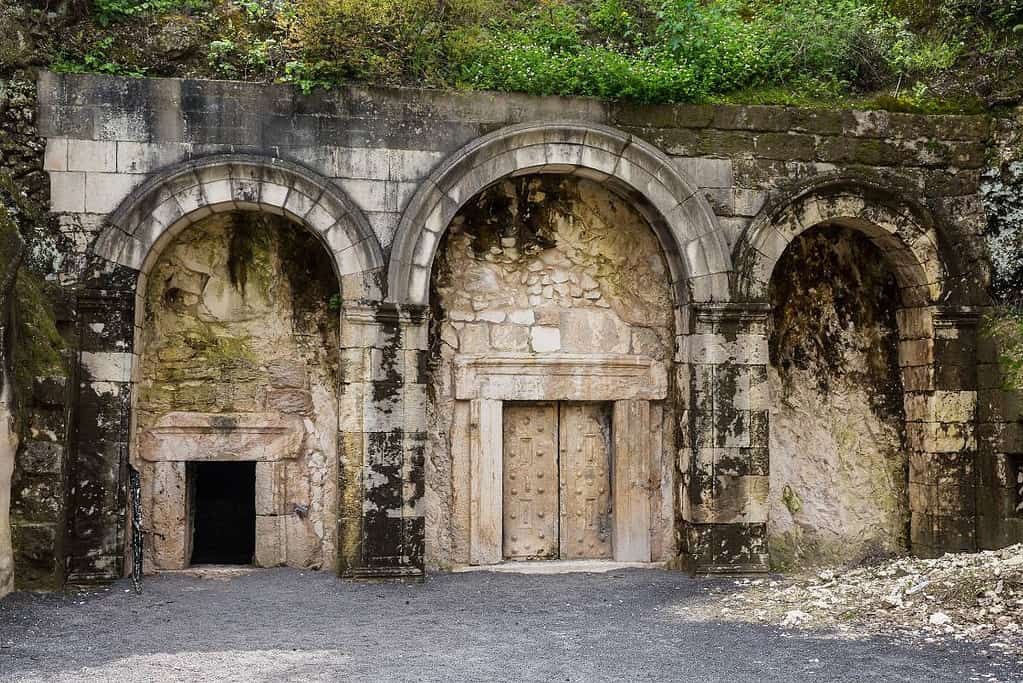
The Necropolis of Bet She’arim is a UNESCO World Heritage Site located in the Lower Galilee region of Israel. It is a well-preserved ancient Jewish burial site from the 2nd century BCE. The site was an important center of Jewish scholarship and renewal during the Roman and Byzantine periods, and it is home to over 30 burial caves, many of which feature elaborate decorations and inscriptions. The site is a testament to the rich history and culture of the Jewish people in the region, and it is an important pilgrimage site for Jews worldwide.
Old City of Acre
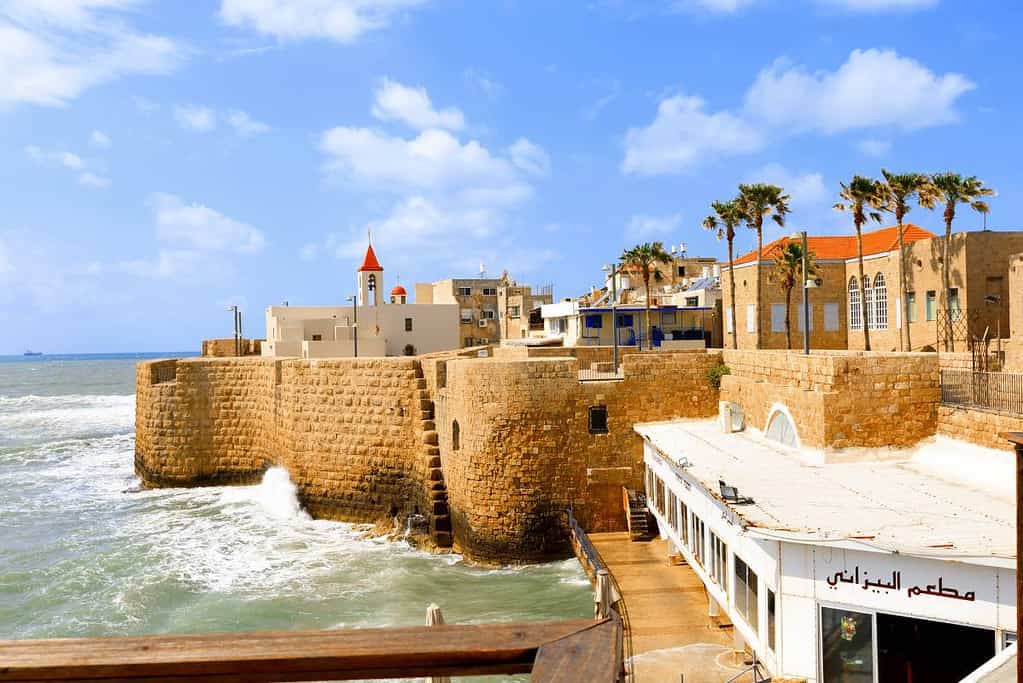
The Old City of Acre is a UNESCO World Heritage site located in the coastal city of Acre in Israel. The city’s historic walls date back to the Ottoman period and are well-preserved, enclosing a variety of important cultural and historical landmarks. Among them are the Hospitaller Fortress, built during the Crusades, the Al-Jazzar Mosque, a stunning example of Ottoman architecture, and the Khan al-Umdan, a historic trading center. The Old City of Acre also has a vibrant and diverse community, with Jewish, Muslim, and Christian residents living harmoniously together for centuries. It is a unique and significant destination for visitors interested in history, architecture, and culture.
Sites of Human Evolution at Mount Carmel: The Nahal Me’arot / Wadi el-Mughara Caves
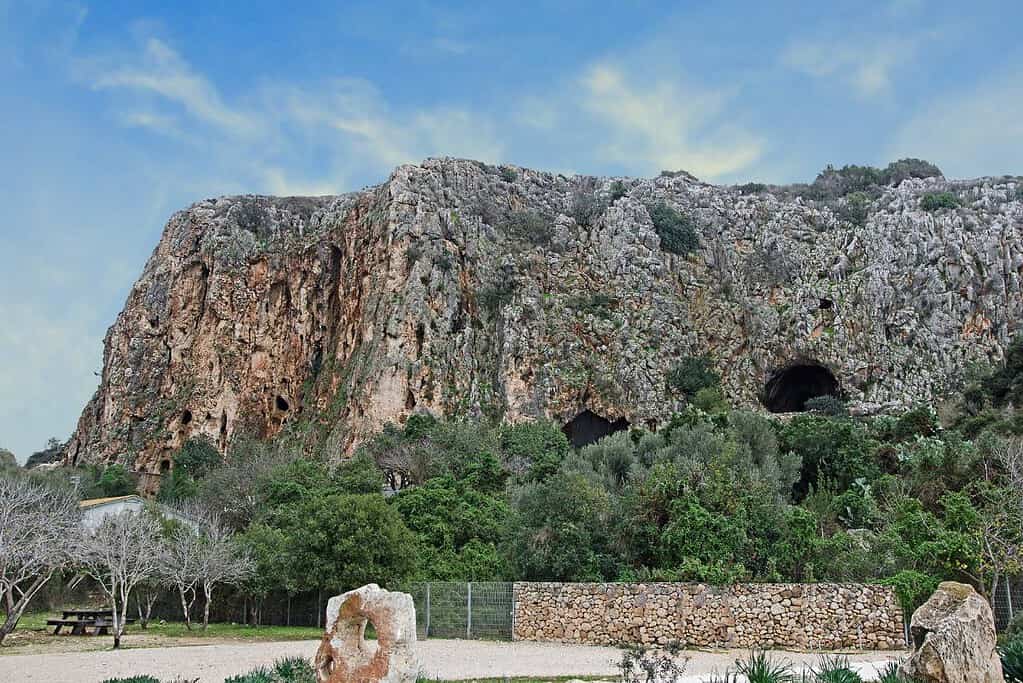
This UNESCO World Heritage site is located in the Mount Carmel range in northern Israel. It is composed of a series of caves inhabited by prehistoric humans for thousands of years. The caves contain evidence of human evolution and technological advancement, including tools, artwork, and burial sites. The site is also home to a diverse range of flora and fauna and geological formations that provide insight into the region’s ancient climate and environmental changes. The Nahal Me’arot / Wadi el-Mughara Caves are a significant cultural and scientific site that sheds light on the origins and evolution of humanity.
White City of Tel-Aviv – the Modern Movement
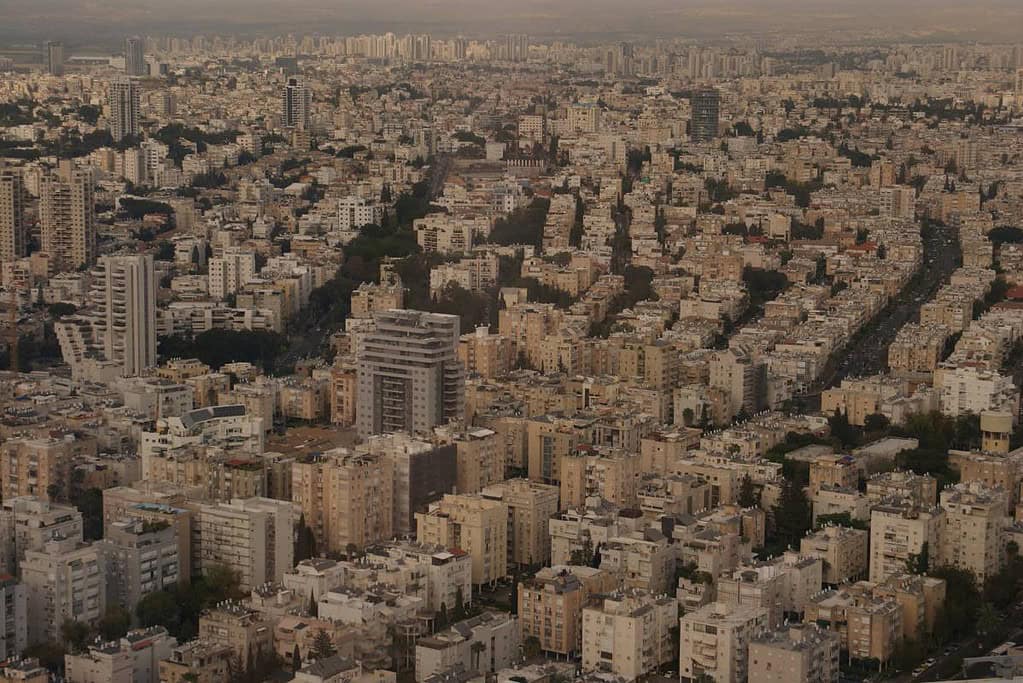
Is a UNESCO World Heritage site located in Tel Aviv, Israel. The site is renowned for its collection of over 4,000 Bauhaus and International Style buildings, built in the 1930s by Jewish architects who fled Europe during the rise of the Nazi regime. The “White City” was so named due to the use of white-painted buildings, which provided a unique aesthetic and helped to reflect the harsh Mediterranean sun. Today, the “White City” is recognized as one of the most important examples of early 20th-century architecture and urban design in the world, and it continues to be an inspiration for architects and designers around the globe.
Israel UNESCO tentative list
- Triple-arch Gate at Dan & Sources of the Jordan
- Early Synagogues in the Galilee
- The Galilee Journeys of Jesus & the Apostles
- Sea of Galilee & its Ancient Sites
- Horvat Minnim
- Arbel (arbel, nebe shueb, horns of hittim)
- Degania & Nahalal
- Bet She’an
- Caesarea
- White Mosque in Ramle
- Jerusalem
- Makhteshim Country
- Mount Karkom
- Timna
- The Crusader Fortresses
- The Great Rift Valley – migratory routes – The Hula
- Liftah (Mey Naftoah) – Traditional mountain village
- Ein Karem, a village and its cultural landscape
Tours in Israel
Our choices of tours in Israel are divided into thematic features such as Jerusalem, Tel Aviv, and the Masada Experience.

